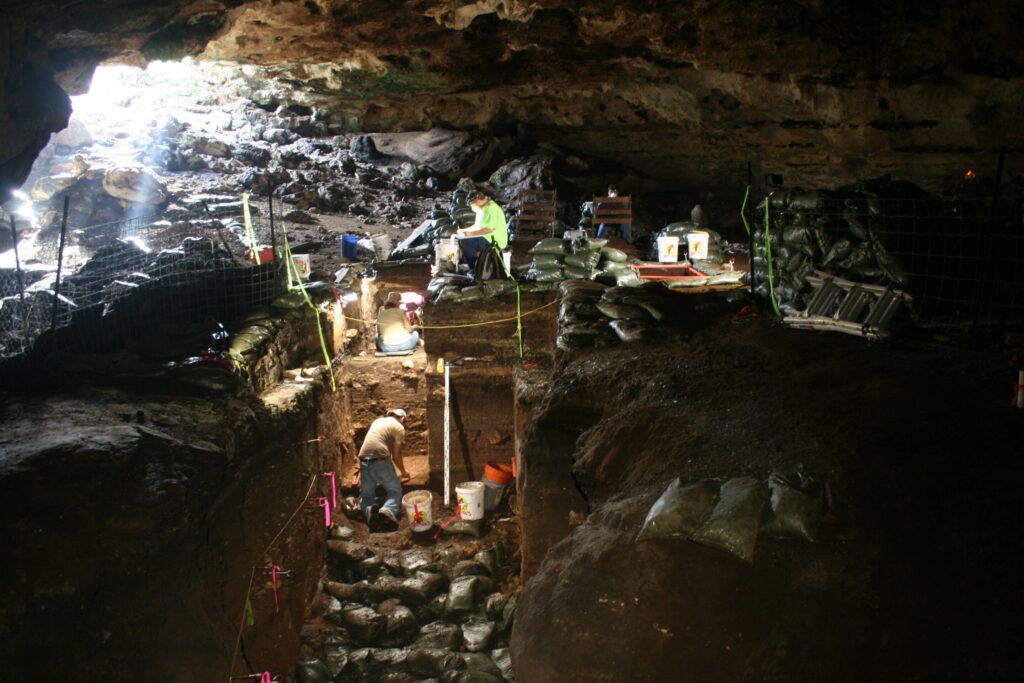A research team from various universities in the USA has found ancient sediments in a central Texas cave which seems to answer the question as to why did earth cool suddenly 13000 years ago by 3 degrees Centigrade.
Researchers used to believe that this was caused due to a meteor collision. But the recent findings say that it was not due to meteors and was instead due to volcanic eruptions.
Michael Waters, Distinguished Professor at Texas A&M University, and colleagues from Baylor University and the University of Houston published their findings in Science Advances.
Waters and his team found that the evidence left in layers of sediment in Hall’s Cave was most probably the result of volcanic eruptions.
Waters said that Hall’s Cave, located in the Texas hill country, has a sediment record extending over 20,000 years. “It is an exceptional record that offers a unique opportunity for interdisciplinary cooperation to investigate a number of important research questions,” he said.
“One big question was, did an extraterrestrial impact occur near the end of the last ice age, about 13,000 years ago as the ice sheets covering Canada were melting, and cause an abrupt cooling that thrust the northern hemisphere back into the ice age for an extra 1,200 years?”
“This work shows that the geochemical signature associated with the cooling event is not unique but occurred four times between 9,000 and 15,000 years ago,” said Alan Brandon, Ph.D., professor of geosciences at the University of Houston. “Thus, the trigger for this cooling event didn’t come from space. Prior geochemical evidence for a large meteor exploding in the atmosphere instead reflects a period of major volcanic eruptions.”
After a volcano erupts, the global spread of aerosols reflects incoming solar radiation away from Earth and may lead to global cooling post eruption for one to five years, depending on the size and timescales of the eruption.
The study indicates that the episode of cooling, scientifically known as the Younger Dryas, was caused by numerous coincident Earth-based processes, not an extraterrestrial impact.
“The Younger Dryas, which occurred about 13,000 years ago, disrupted distinct warming at the end of the last ice age,” said co-author Steven Forman, Ph.D., professor of geosciences at Baylor University.
The event also likely helped cause the extinction of large mammals such as mammoth, horse and camel that once roamed North America.
Journal Reference:
N. Sun, A. D. Brandon, S. L. Forman, M. R. Waters and K. S. Befus. Volcanic origin for Younger Dryas geochemical anomalies ca. 12,900 cal B.P.. Science Advances, 2020 DOI: 10.1126/sciadv.aax8587

